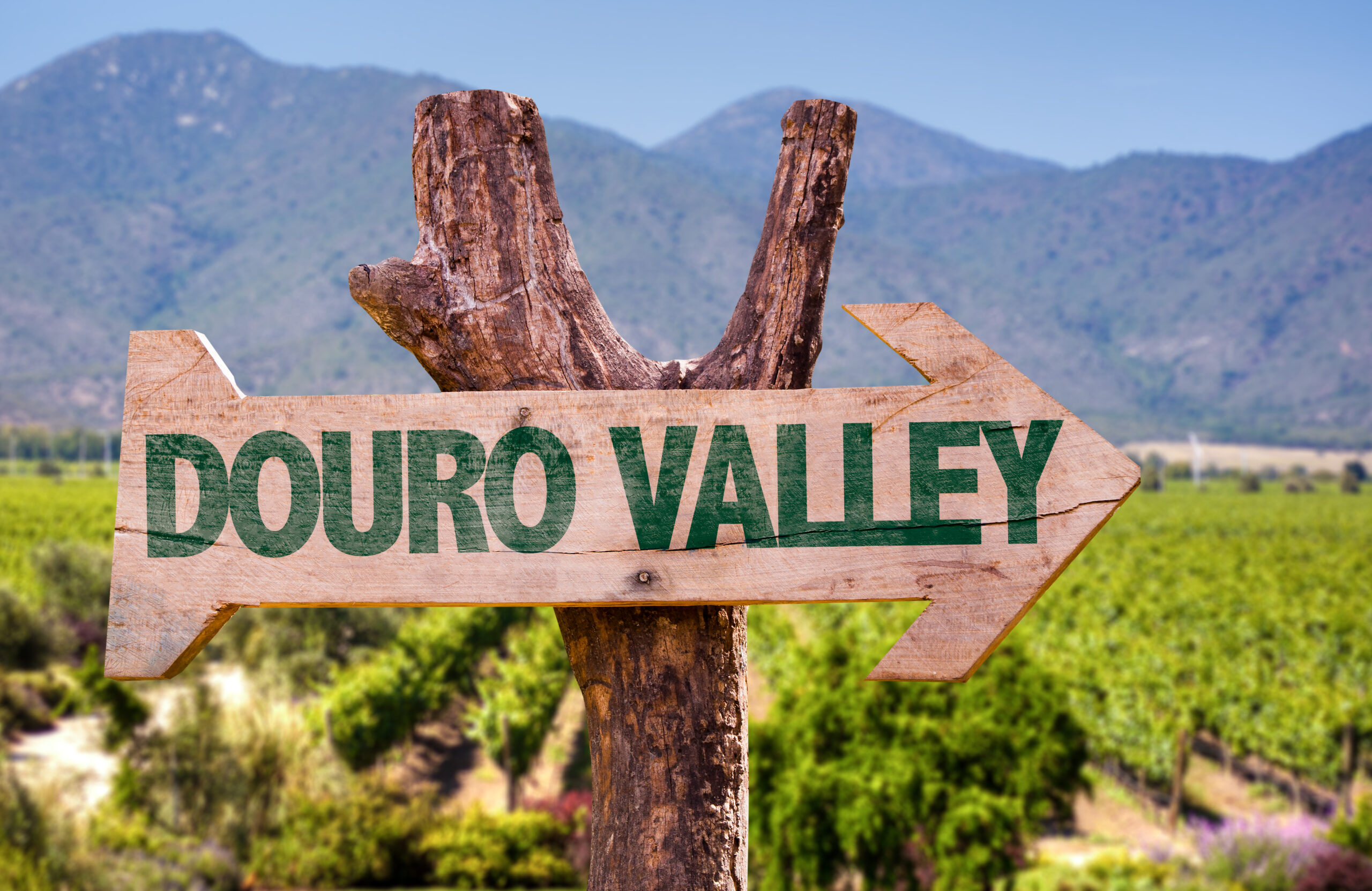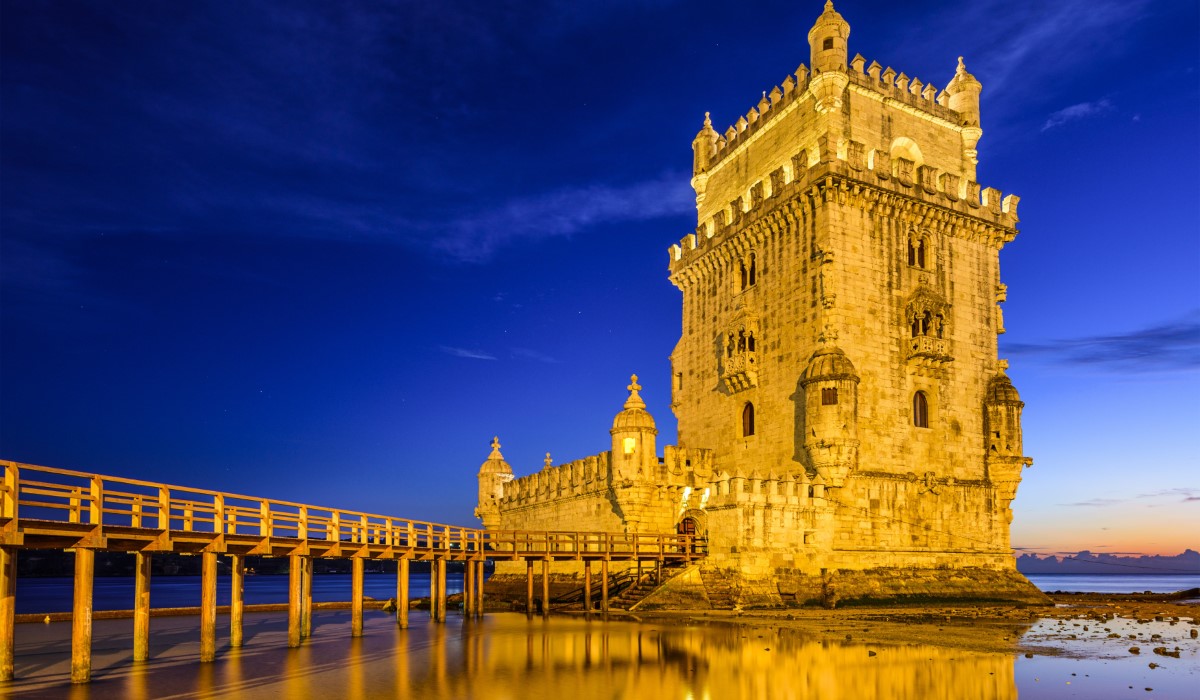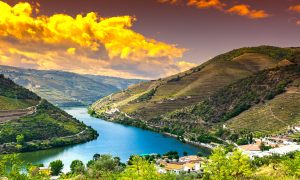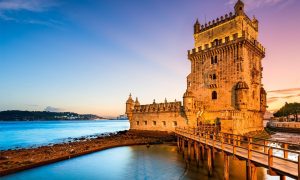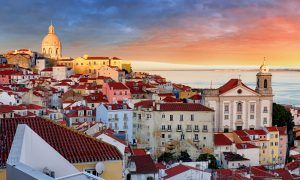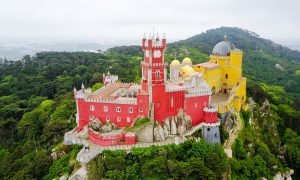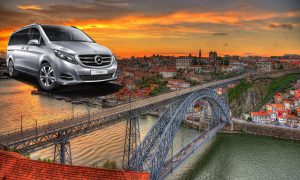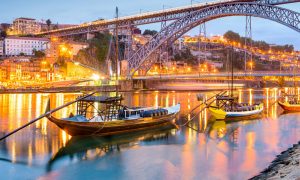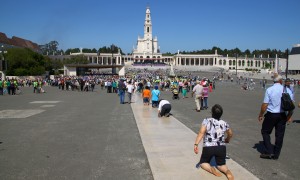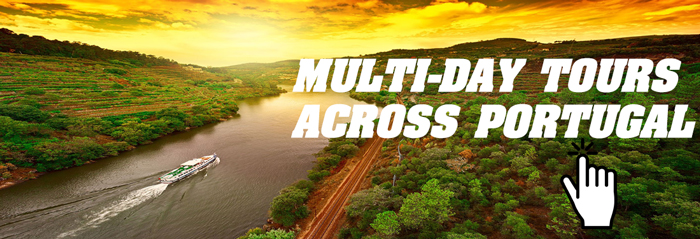Unveiling Portugal’s Roman Treasures: Top Historical Sites ===
Portugal, known for its remarkable landscapes and warm Mediterranean climate, is also a treasure trove of Roman history. The Roman Empire once extended its reach to the Iberian Peninsula, leaving behind a legacy that can still be admired today. Embark on a journey through Portugal’s Roman legacy as we rediscover the ancient Roman sites that have withstood the test of time.
Journey through Portugal’s Roman Legacy
- Conimbriga: Our first stop takes us to Conimbriga, an impressive Roman archaeological site located just a short distance from Coimbra. This once-thriving Roman city showcases remarkably well-preserved mosaics, elegant villas, and intricate Roman baths. Walking through its ancient streets, one can almost imagine the hustle and bustle of daily life during the Roman era. (Website; Google Maps)
- Evora Roman Temple: In the enchanting city of Evora, a hidden gem awaits. The Evora Roman Temple, also known as the Temple of Diana, is a magnificent Roman structure that has stood proud for over two millennia. Its towering Corinthian columns and exquisite architectural details are a testament to the Roman’s engineering prowess. Climb to the top and take in panoramic views of the cityscape. (Website; Google Maps)
- Troia Roman Ruins: A short ferry ride from Setubal will transport you to the captivating Troia Peninsula, where the remnants of a Roman fish-salting factory can be explored. Troia was once a thriving trade hub during the Roman era, and the ruins provide a glimpse into the economic activities that took place along the coastline. Wander through the ruins and imagine the bustling activity of ancient Roman fishermen. (Website; Google Maps)
- Roman Villa of Pisões: Nestled in the charming Alentejo region, the Roman Villa of Pisões offers a glimpse into the opulence of Roman rural life. The villa’s well-preserved mosaics and intricate frescoes provide a fascinating insight into the artistic tastes of the wealthy Roman occupants. Marvel at the grandeur of the villa’s architecture and immerse yourself in the rich history of the region. (Website; Google Maps)
- Lisbon Roman Theater: In the heart of Lisbon, beneath the bustling streets, lies a hidden treasure. The Lisbon Roman Theater, discovered by chance during excavations, dates back to the 1st century and is one of the few remnants of Roman presence in the city. Its well-preserved stage and seating areas offer a fascinating glimpse into the Roman theatrical world. Take a step back in time and imagine the ancient performances that once graced this historic stage. (Website; Google Maps)
Rediscovering Ancient Roman Sites in Portugal
- Roman Temple of Évora: Another remarkable Roman temple awaits in Évora, aptly named the Roman Temple of Évora. This imposing structure, dedicated to the Roman deity Diana, stands as a testament to the city’s ancient past. Wander around the temple’s impressive columns and imagine the religious ceremonies that once took place within its walls. (Website; Google Maps)
- Roman Bridge of Chaves: Crossing the Tâmega River, the Roman Bridge of Chaves stands proudly as a testament to Roman engineering. This well-preserved bridge, built in the 1st century AD, continues to serve as a vital link between two parts of the city. Take a leisurely stroll along its ancient stones and admire the picturesque views of the surrounding landscapes. (Website; Google Maps)
- Milreu Roman Villa: Located in the Algarve region, the Milreu Roman Villa offers a fascinating insight into the luxurious lifestyle of the Roman elite. This beautifully preserved villa features stunning mosaics, intricate frescoes, and even a private bath complex. Explore the villa’s various rooms and envision the extravagant parties and gatherings that once took place within its walls. (Website; Google Maps)
- Roman Bridge of Tavira: In the picturesque town of Tavira, the Roman Bridge spans the peaceful Gilão River. Dating back to the 17th century, this impressive bridge incorporates Roman elements into its structure, making it a unique blend of ancient and modern architectural marvels. Take a leisurely stroll across the bridge and soak in the tranquil atmosphere of this charming town. (Website; Google Maps)
- Roman Ruins of Bobadela: Deep in the heart of Trás-os-Montes, the Roman Ruins of Bobadela await intrepid adventurers. These remote ruins offer a glimpse into the rural Roman life that thrived in the region. Explore the remains of ancient Roman houses, baths, and a necropolis as you delve into the history of this lesser-known site. (Website; Google Maps)
Rediscovering Portugal’s Roman Treasures===
As we journeyed through Portugal’s Roman legacy, we discovered a rich tapestry of historical sites that unveil the architectural, cultural, and artistic achievements of the Roman Empire. From the grand villas to the impressive temples and bridges, each site offers a unique glimpse into the past. Whether you are a history buff or simply an admirer of ancient wonders, Portugal’s Roman treasures are waiting to be explored. So, pack your bags, grab your camera, and let the echoes of the Roman Empire guide you on an unforgettable adventure through time.

Gonzalo
Founder/Owner of The Lisbon Guide, one of the major blog references in Portugal, established in 2014 and receiving every year 250.000 visitors from all over the world, looking to provide the best experiences in Portugal. In partnership with Portugal Magik for all private tours and transfers across Portugal, Gonzalo loves a good seafood meal at Monte Mar Cascais, and all from Michelin Chef Avillez. Favorite Hotel in Lisbon/Portugal, Penha Longa Resort by Ritz Carlton.
For over 15 years, Gonzalo have been helping thousands of travelers yearly to plan a perfect trip to Portugal. Based in Lisbon/Cascais and working in this field for over 20 years, with multiple ongoing projects. Also an avid TripAdvisor user level 6 with more than 300.000 readers worldwide.
Many years working also as a Private Guide of Lisbon, Sintra, Fatima, Porto, Douro Valley, Evora, and other locations in Portugal.



